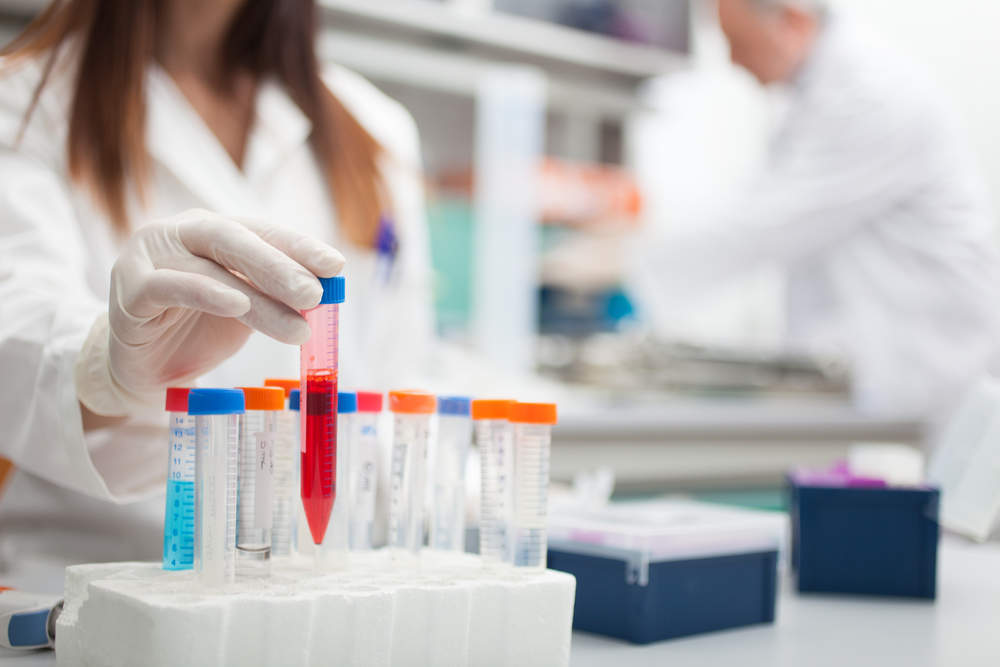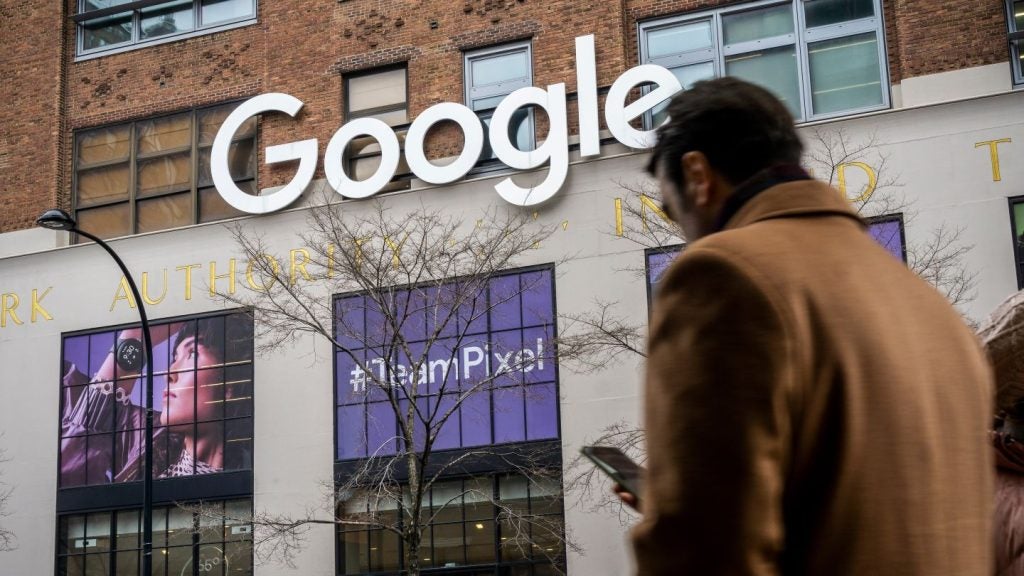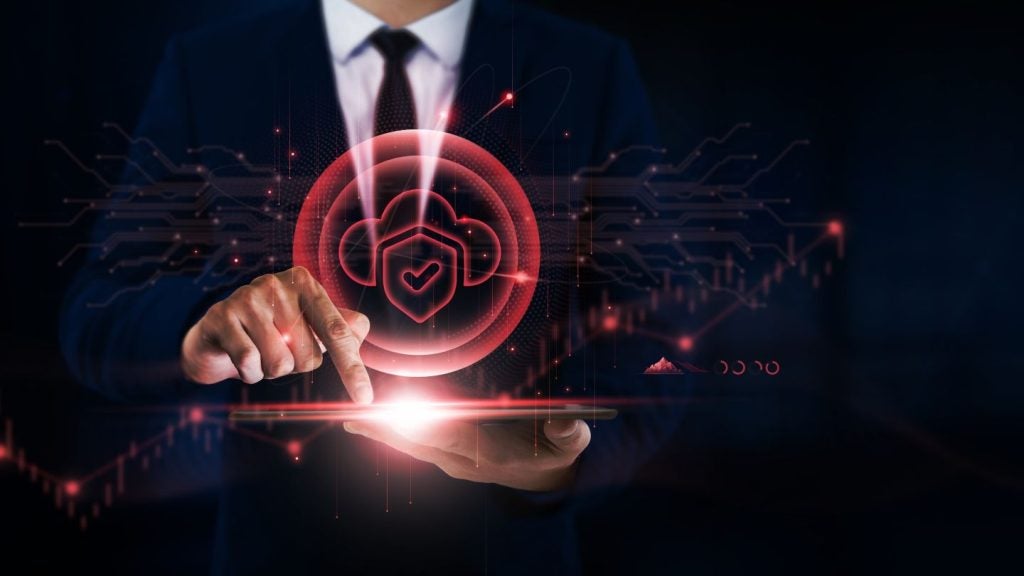Biosimilar trials — testing an almost identical copy of a drug originally manufactured by a different company — have exploded in recent years.
Between 2007 and 2016 there has been growth of 1,144 percent, from nine trials in 2007 to 103 trials in 2016.
[verdict_chart id=”12931″]There was a dominance of both phase I and phase III trials being initiated across all years.
Both phases had on average a yearly 36.5 percent distribution of all biosimilar trials initiated within this ten-year period.
In addition, these phases also saw an average rise of 42 percent from 2007 to 2016.
The largest period of increase for phase one trials took place from 2011 with 12 trials to 2012 with 20 trials; additionally phase III trials saw their highest spike within this same period from 15 trials in 2011 to 30 trials in 2012.
Despite this, both phases went on to reach their peak in 2016, with 34 trials and 51 trials initiated respectively.
In comparison, phase II and phase IV trials had an average contribution of all trials with 13 percent and 14 percent trials respectively.
This could possibly be due to the risks tied to these specific phases.
Phase I trials are often exploratory in nature and carry a higher level of failure which acts as a stopping mechanism to the number of drugs progressing to phase II.
Similarly, the risks for phase IV trials are also tied to the previous phase.
Should a prospective drug fail to the reach the specific endpoints of the phase III trial, or prove to be too toxic, it will not progress to phase IV.







